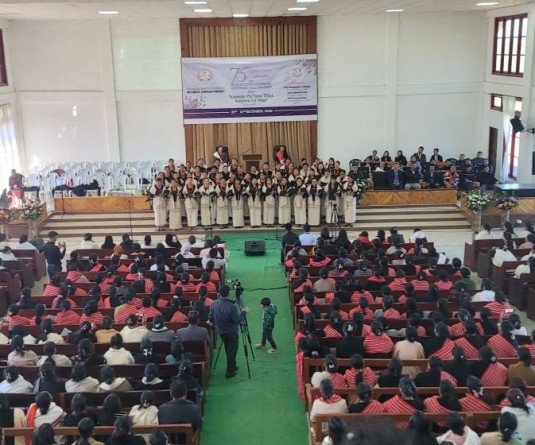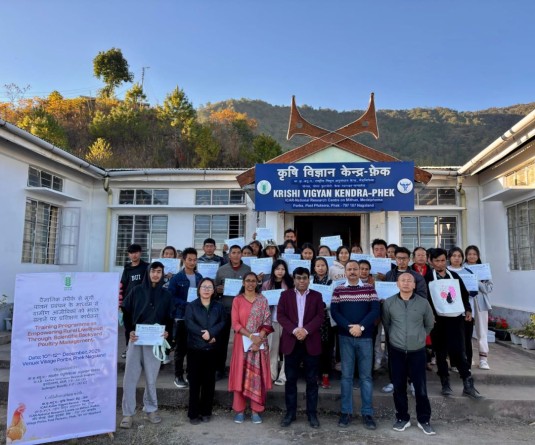
Our Correspondent
Kohima | August 9
The urban sprawl study of Kohima city project was carried out by the department of Science & Technology in collaboration with the department of Space, Government of India. The objective of the study is to prepare the urban sprawl map using multi-date data sets depicting Kohima town’s growth through time and direction from 1975 to 2005 and to identify suitable areas for its future expansion.
For this, it is necessary to have systematic, detailed, reliable, timely information on the extent and spatial distribution of various components of urban environment, according to the annual administrative report of the department of Science & Technology. The study was completed in 2007 and the detail report will be published soon, the report said. Based on the analysis of the urban areas, it is revealed that rapid and haphazard growth coupled with increasing population pressure is resulting in the deterioration of the natural environment of these areas.
“Therefore for the future growth of these areas, attention is required for balancing the requirements for more built up land against the possibility of endangering the environment. A suggestion for future development of the city is given based on the study”, the report said.
Land use/land cover study of the areas shows that built up area is about 11.24 sq.km (in 2005), Agriculture including terrace and jhum cultivation occupies an areas of about 7.6 sq.km. Area under open forest (10-40 % canopy) is 35.5 sq.km and dense (above 40 % canopy) is 15.86 sq.km. The land use/land cover map is given in figure 3.1 and the statistical figures also plotted in figure 3.2. Dense vegetation is found to occur in the south-eastern slopes of the study areas. Small pockets are spread throughout the study area. But it is to be noted that within the town there is very little vegetation cover. There is encroachment into the forested areas which is noticed in the fringe area of the forest in the southern slopes. Water bodies cover only a small portion of about .02. sq.km. Scrubland and exposed /barren land cover area of about 11.70 sq.km and 0.2 sq.km respectively.
The report also stated that parameters namely, existing land use/land cover of 2005, built up of 2005, surface water bodies, slope, ground water prospects, transport network and landslide hazard zones were used as inputs to suggest potential sites for the future growth of built up area. The three suitable zones for future built up areas have been identified. It includes, highly suitable zone (1.28 sq.km), moderately suitable zone (2.49 sq.km) and less suitable zone (1.10 sq.km).






